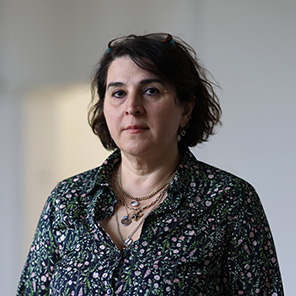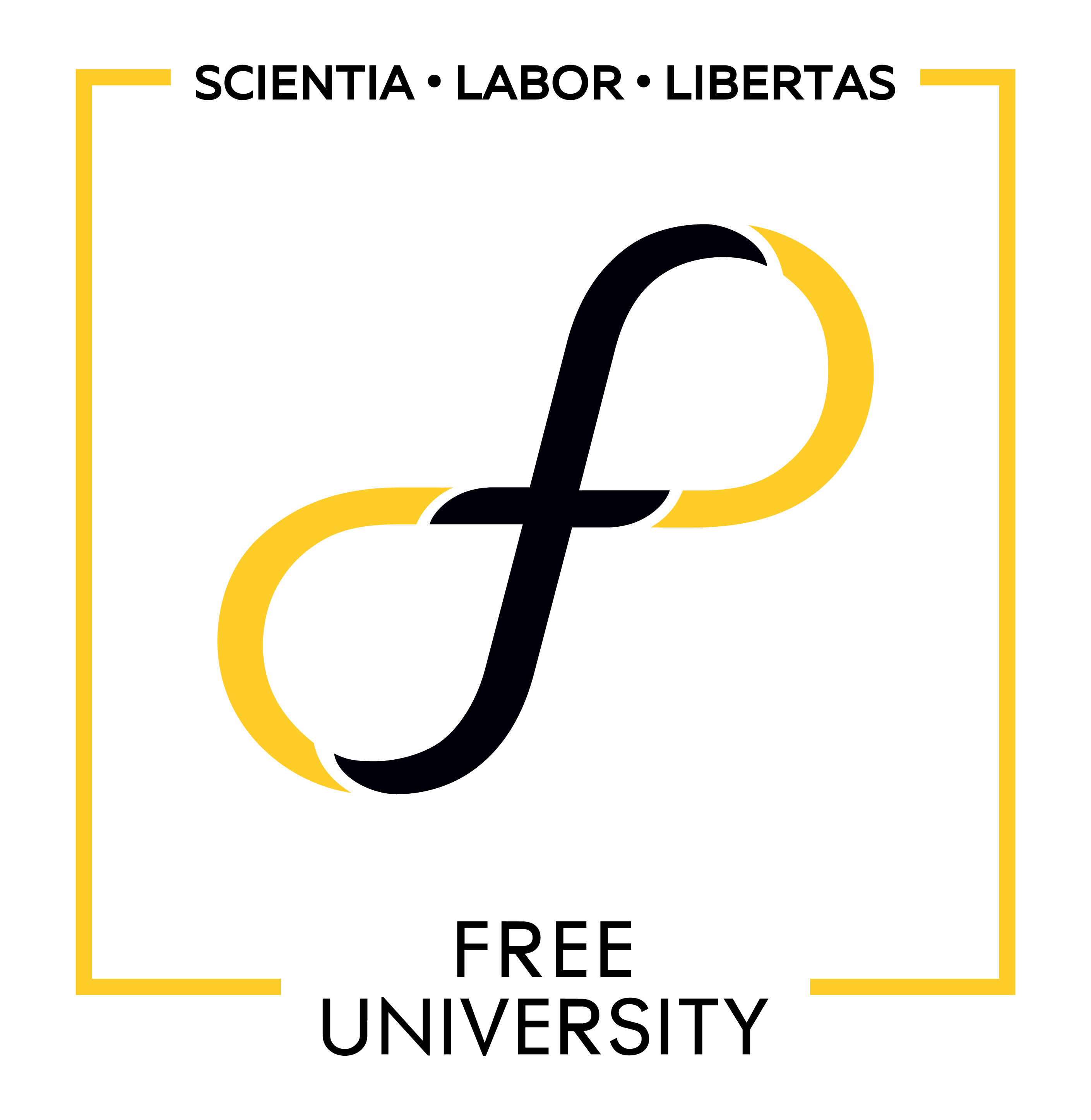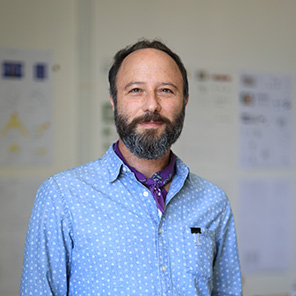School of Visual Art, Architecture and Design
Bachelor's Program in Interior Design - Description
Bachelor's Program in Interior Design aims to provide students with a comprehensive understanding of interior design and the ability to critically engage with contemporary trends in the field. It seeks to cultivate educated, competitive, and skilled professionals for both the job market and the artistic sphere.
Throughout the program, students work on various studio projects and attend classes that establish a foundation for critical thinking and creative problem-solving within the interior environment. Theoretical classes provide insight into the evolution of interior design history and trends, materials and drawing standards.
The program faculty employs both young and experienced professionals who work in the local and international markets. These professionals mentor students in the creation of four distinct projects, which include private residences, commercial spaces, workplaces and mixed-used facilities. Over the course of study, students receive guidance throughout the various stages of project development, starting from the initial concept and progressing through sketches and mood boards, all the way to the selection of final materials and construction drawings and documents.
Within the various subjects of the Bachelor of Interior Design program, students have a chance to familiarize themselves with real project briefs and clients, which is especially important for the development of professional skills. The project briefs are usually customized to real physical spaces located in and around the city of Tbilisi.
Upon successful completion of the 4-year program, the graduate is awarded the qualification - Bachelor of Interior Design.
Curriculum
The curriculum for the Bachelor's Program in Interior Design consists of 240 credits, allocated across the following modules:
- University General Education - each student enrolled in the university's bachelor's programs, in addition to specialized subjects, also takes general subjects, contributing to the elevation of general education and the expansion of their field of interests.
- Foundational Education in the Field of Study - the module consists of the following courses: History of World Visual Art (Before Renaissance), History of World Visual Art (from Renaissance up to 1789), History of Modern Visual Art (1789-1945), History of Contemporary Visual Art (1945-Today), Contemporary Art Institutions and Infrastructure, Foundations of Anatomy and Quantitative and Spatial Mode of Thinking.. The art history courses are taught chronologically, enabling students to acquire knowledge of art history and foster their creative development within the context of artistic traditions. In the course Contemporary Art Institutions and Infrastructure, students gain knowledge about the structure and dynamics of contemporary local and international art institutions. This understanding equips them with the necessary skills to plan and develop their own careers in the creative sphere. The Foundations of Anatomy course focuses on the systematic and regional study of human anatomy, considering its relevance to art. It explores anatomical structures in relation to artistic representation. As for Quantitative and Spatial Mode of Thinking, in this course, fundamental principles and regularities underlying intuitive representations used in drawing are discussed. It covers general concepts related to quantitative and spatial reasoning skills.
- Core Education in the Field of Study - this module combines the fundamental theoretical and practical courses needed to study the field of interior design and encompasses the following subjects: Introduction to Contemporary Art, Critical Thinking in Visual Art, Design Programs 1 and 2, Drawing Studio 1 and 2, Photography Studio, Branding, Product Design Studio, Drawing, Interior Design Studio I, II, III and IV, Interior Design Materials and Standards, History of Interior Design, Modeling, Diploma Project Preparation and Diploma Project.
Elective Courses - students have the flexibility to choose additional courses based on their interests. They also have the option to pursue an additional 15 credits of courses at no extra cost.
About the School of Visual Art, Architecture and Design
The School of Visual Art and Design (VADS) at Free University of Tbilisi was established in 2014 upon the initiative of Kakha Bendukidze. The purpose of founding this school was to provide an educational program in visual art and design in Georgia that would offer students an education comparable to leading European and American arts schools.
The establishment of such an educational program required the input of artists and designers who, in addition to having received higher education in Europe and America, also engaged in active exhibition and design activities outside the university. Accordingly, the school was founded by an academic staff who received education and practical experience at European and US universities (such as: Georgia State University, Emory University, Düsseldorf Art Academy, Royal Academy of Fine Arts of Brussels, University of Iowa, University of Milan, Academy of Fine Arts Munich, Trier University of Applied Sciences, etc.).
In 2018, the School of Visual Art and Design (VADS) expanded its offerings by introducing a Bachelor's Program in Architecture. As a result, the school's name was changed to the School of Visual Art, Architecture and Design (VA[A]DS). Today the school offers the following accredited programs:
• Bachelor's Program in Visual Art
• Bachelor's Program in Visual Communication
• Bachelor's Program in Interior Design
• Bachelor's Program in Architecture
In addition to the academic goals mentioned above, the boarder mission of establishing the school was to create a space where students could experience exhibiting their own works, could learn how to argue about arts and design issues, would learn to respect each other and each other’s critical views and develop free visual thinking; at the same time, would be introduced to the history of Georgian and international art and taught the appreciation of Georgian contemporary art and creative freedom.
Given the school's concept, it is vital to provide students with the opportunity to organize regular exhibitions. Consequently, various courses in all programs incorporate organizing student exhibitions, allowing students to learn how to formally and conceptually present their work and articulate the theoretical aspects of their works in front lecturers and fellow students.
In line with this objective, at the outset of 2023, the Free University of Tbilisi made a substantial investment to establish a dedicated exhibition gallery on the Kakha Bendukidze Campus premises. The Campus Gallery was developed for educational purposes and serves as a venue where students from the School of Visual Arts, Architecture and Design showcase their work as an integral part of the learning process.
The majority of the School's faculty comprises professionals with international education and experience, who are accomplished, practicing artists and architects.
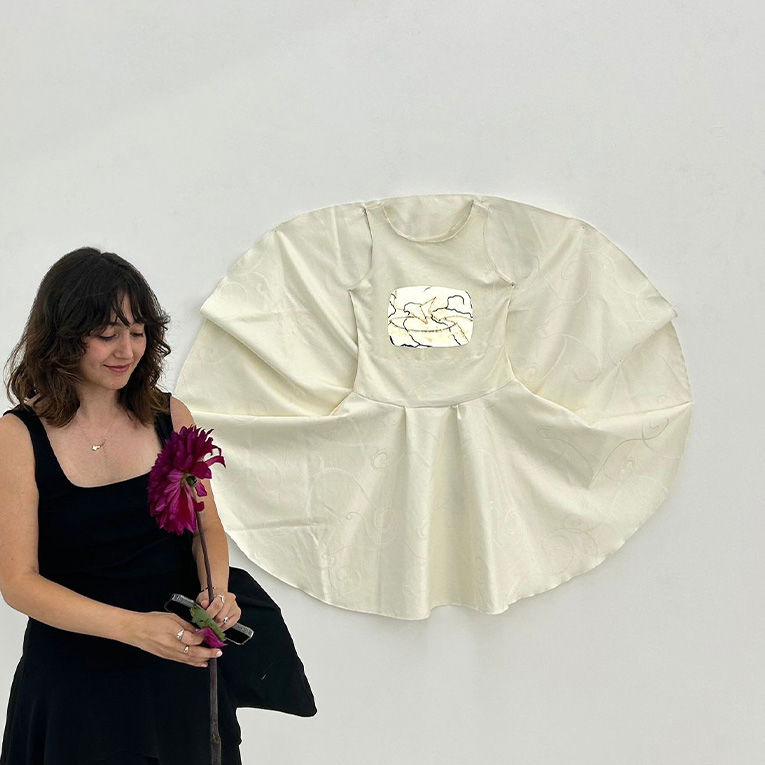
19 August 2025
მარი ბაბაევი სწავლას აგრძელებს იტალიაში, ფლორენციის მოდის სკოლაში
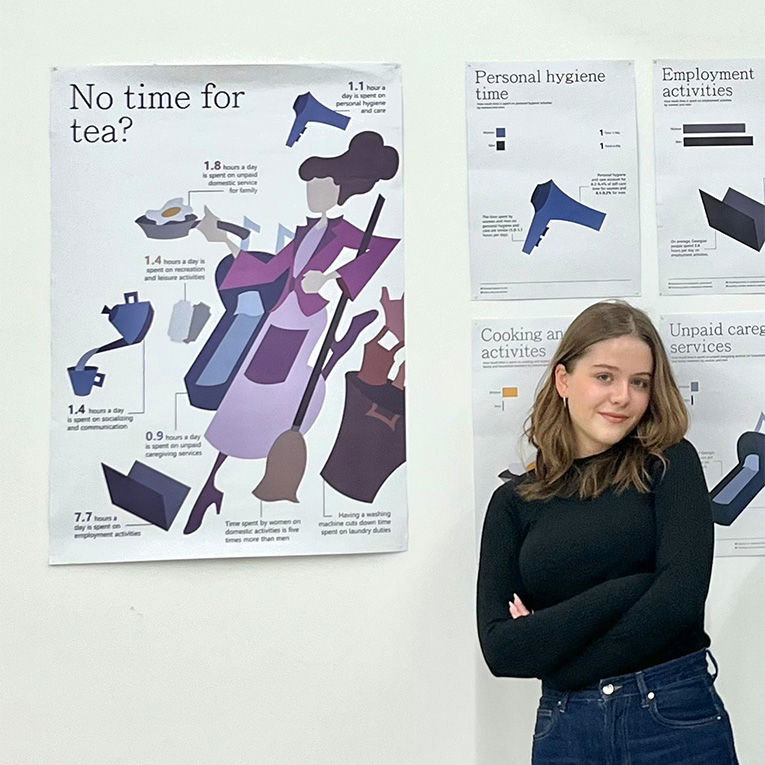
16 August 2025
ანა ილურიძე Politecnico di Milano-ს სამაგისტრო პროგრამაზე აგრძელებს სწავლას
![VA[A]DS](/media/akvddfhg/va-a-ds.jpg?quality=80&rnd=133973226804800000)
18 July 2025
კამპუსის გალერეაში VA[A]DS-ის პროგრამების ფინალური პროექტების გამოფენა.
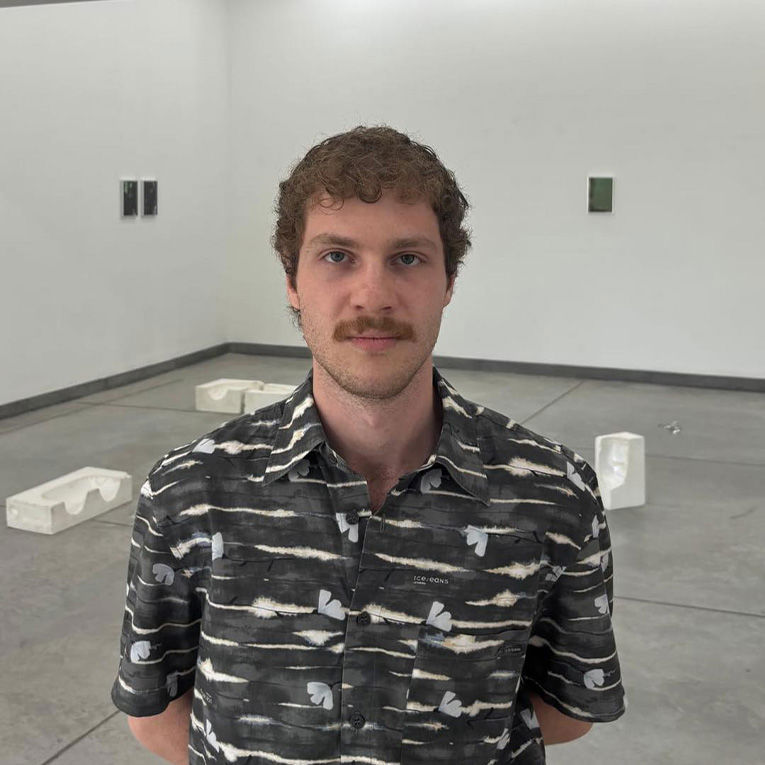
15 July 2025
გიორგი მიმინოშვილი სწავლას აგრძელებს აშშ-ში, Stuart Weitzman School of Design-ის სამაგისტრო პროგრამაზე
Dean
